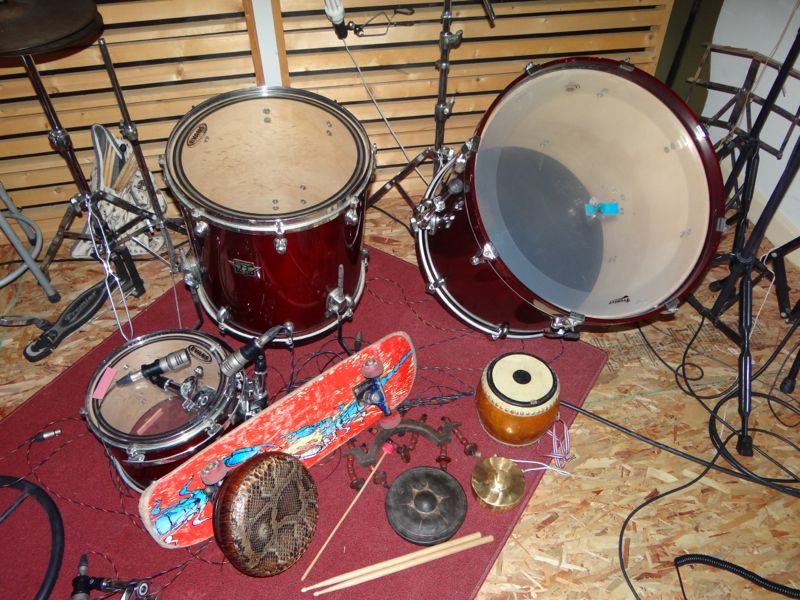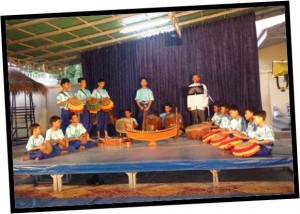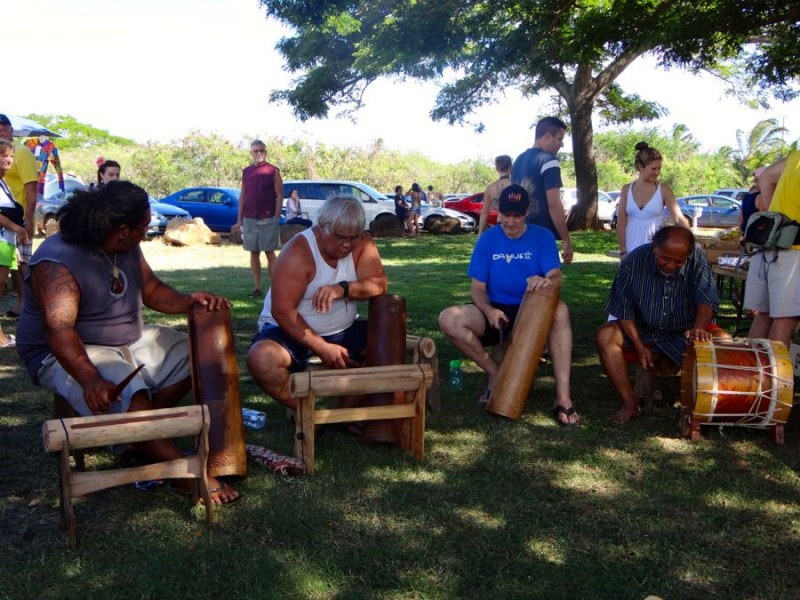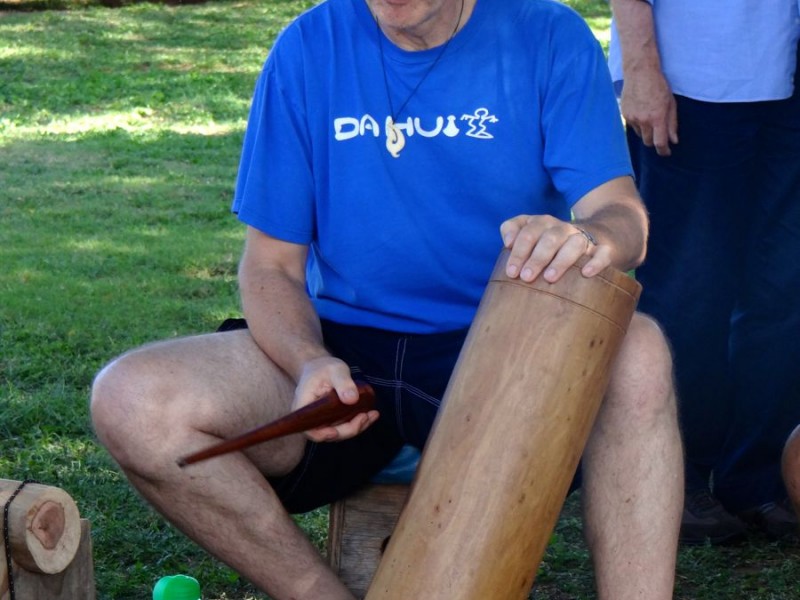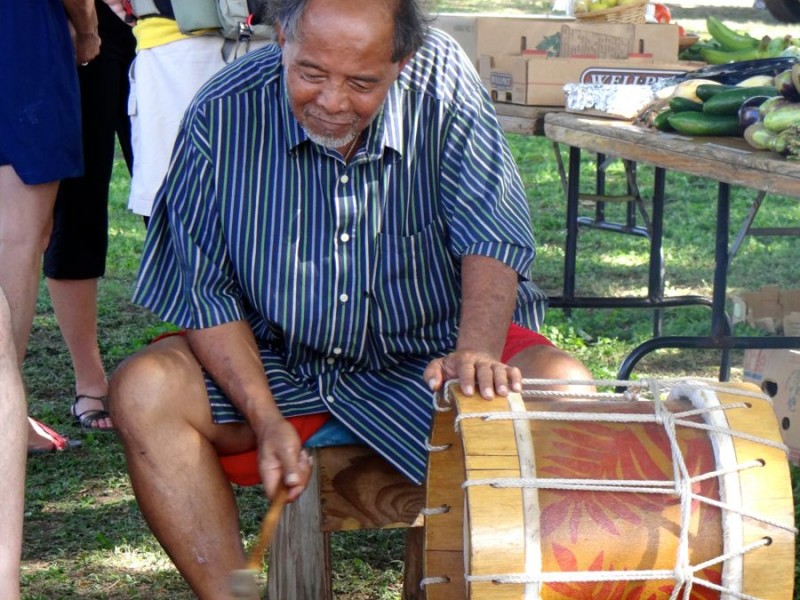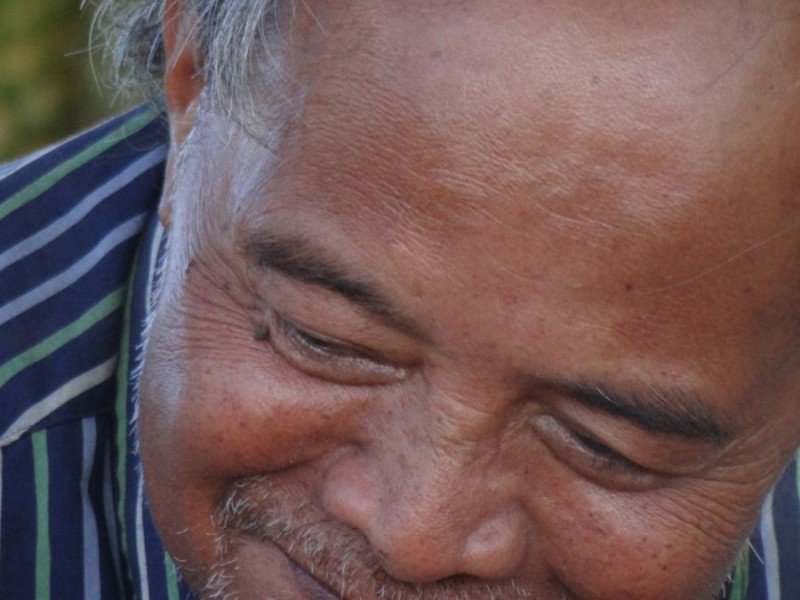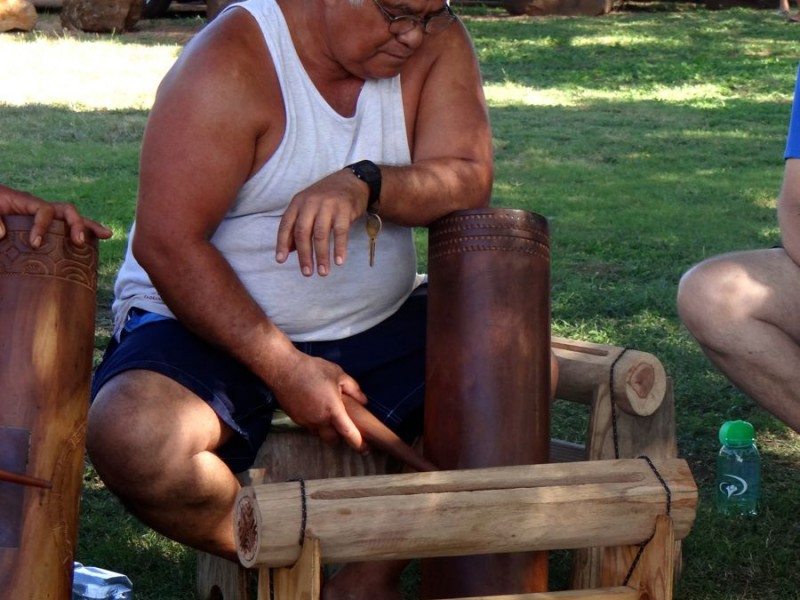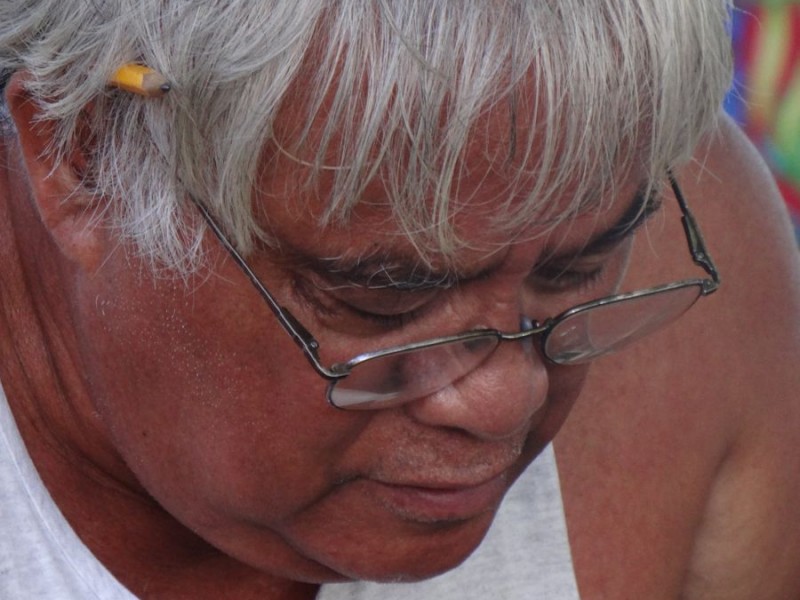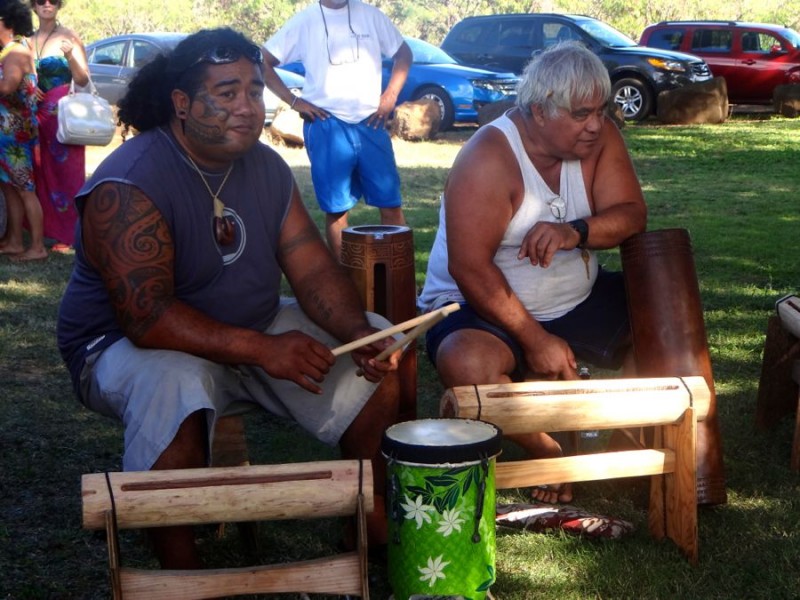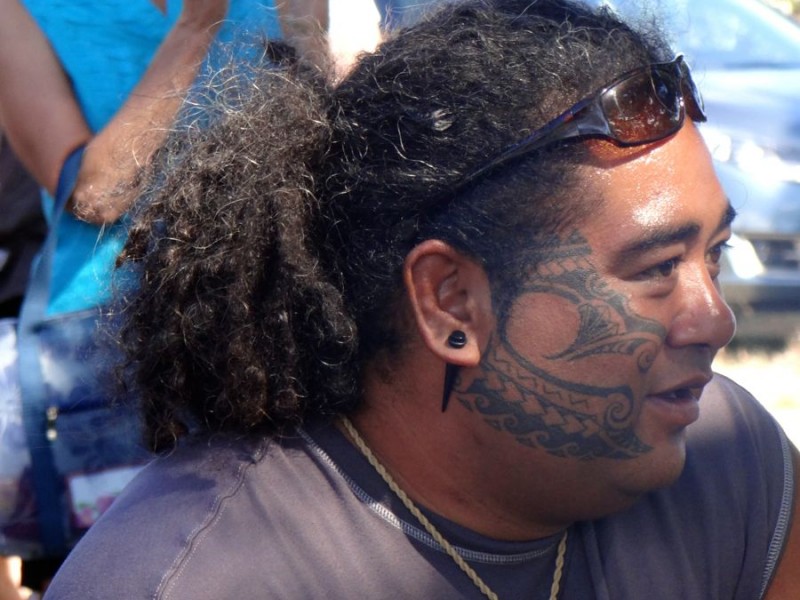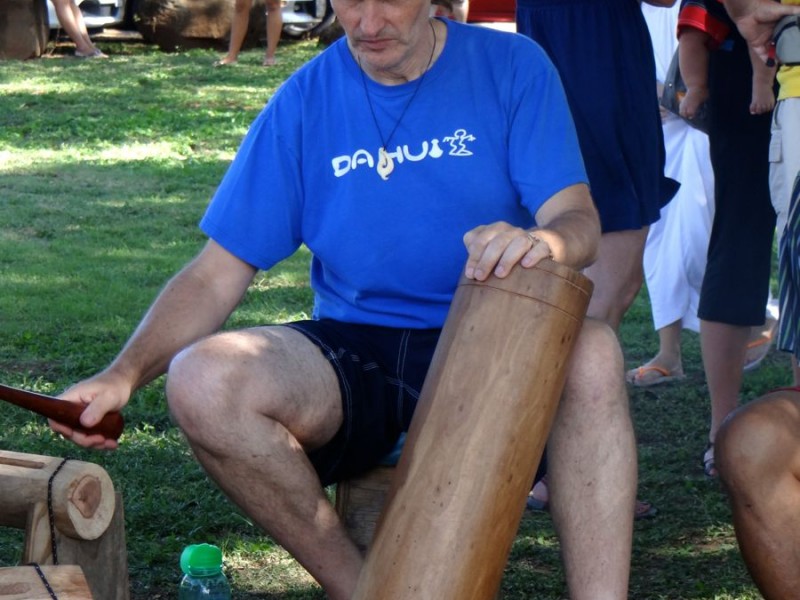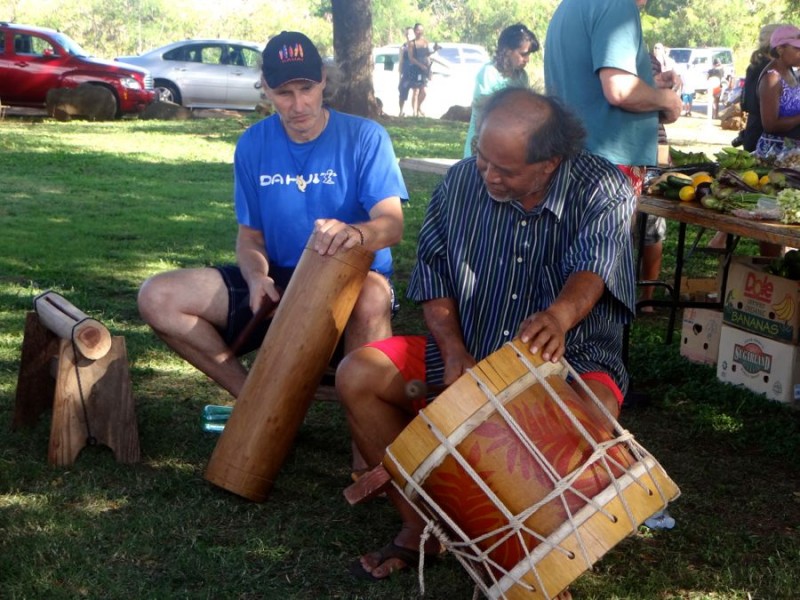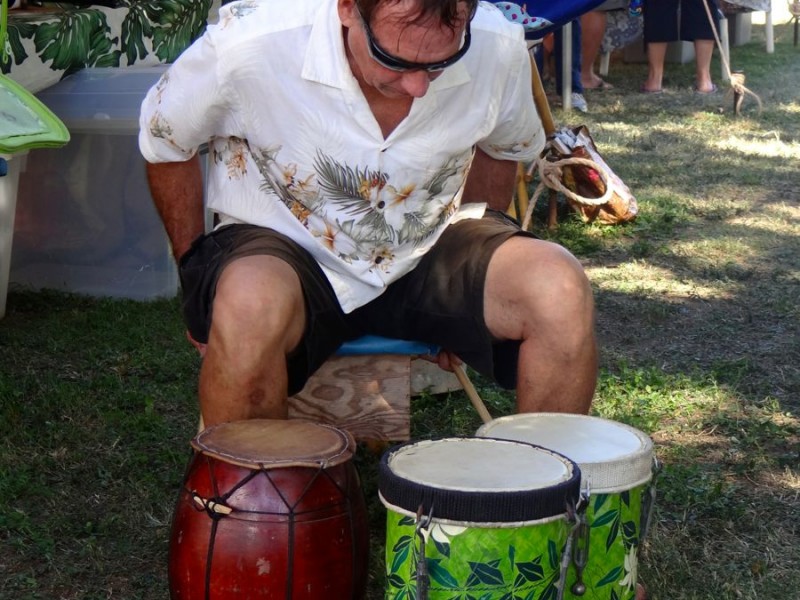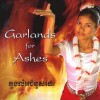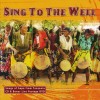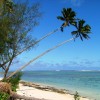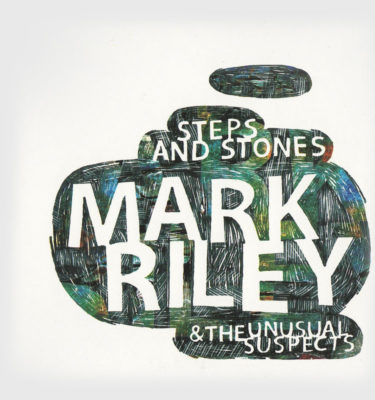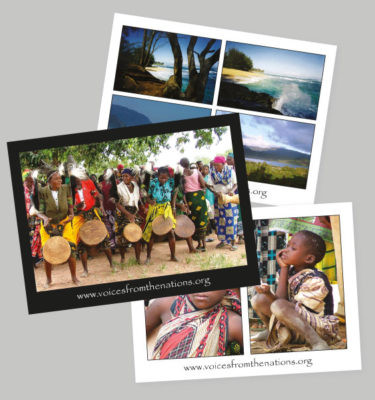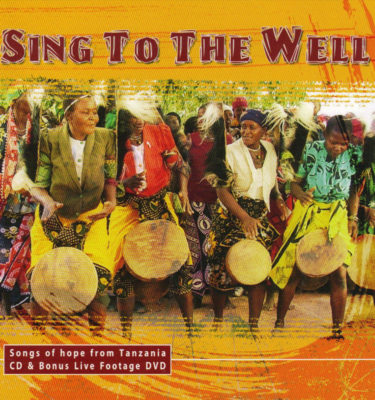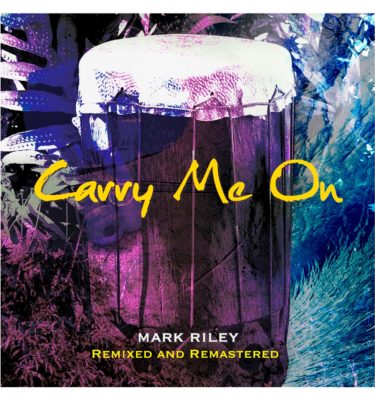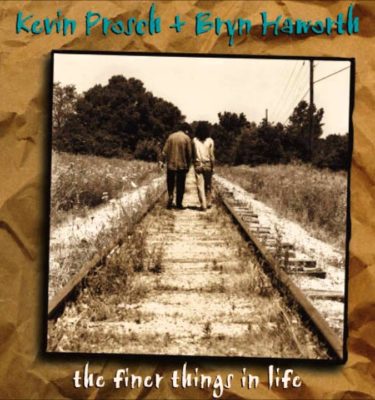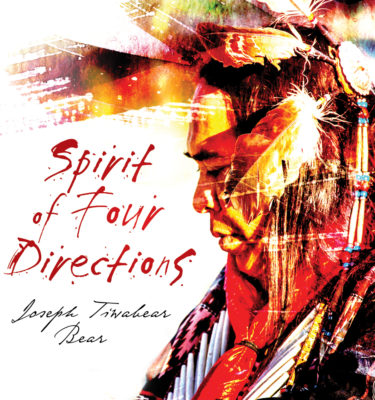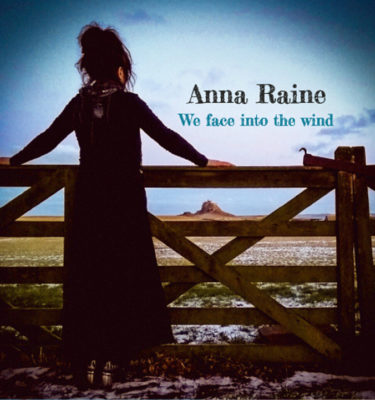Thanks Paul for this short clip – we are in Bangkok, Thailand and have been working on a wonderful new piece of music, drums and voice, with Yam Bongkote. Yam has a real understanding of how to mix the traditional Thai vocals with a more modern style of singing. The picture gives you an idea of what I used – bass drum, floor tom, gongs, small Thai drum, Khmer mahori drum, shaker and a skateboard!
On our arrival we listen to the drum orchestra practicing – getting ready for the following days recording.
I always enjoy my annual bash at the Amarillo Polk Street Block Party. Downtown Amarillo becomes a feast of food, colour and sound as 4 stages of music help entertain the crowds. This was my 4th year to facilitate their drum circle. We always have a blast and this year it was as popular as ever – people queuing up to get a chance to play. Read More
Here is a very passionate drum group from Korea. Kim Duk Soo playing the hourglass drum in this video was the founder of this genre of traditional Korean drumming called Samul nori (Samul meaning four objects and nori meaning to play). The group consists of the Kkwaenggwari (a small gong) a Jing (a larger gong) the Janggu (an hourglass-shaped drum) and a Buk (a barrel drum similar to the bass drum).
I have been learning Tahitian drumming when ever I get a chance to come to Kaua’i – and this trip I was very honoured when my teacher, Tepairu Manea invited me to play at a small craft fair event with his band. I had so much fun. The instruments played are Tahitian log drums called Tuerre (pronounced Tuelle) and a type of bass drum known as a Pahu. Can you spot the haoli (white boy)?
Here is a brief look at a couple of the indigenous percussive instruments we used on Mark Riley’s latest recording – the Ipu Heke and the ‘Ūlili.
This Cambodian drum is used to lead the Khmer orchestra in “Pin Peat” music and is called the Skor Samphor. It is barrel-shaped with two heads, one slightly larger than the other, played with the palms not sticks.
The Ghatam is a clay pot percussion instrument used in the Carnatic music of South India
Having spent a lot of time in the States over the last few years, I have been fortunate enough to see many wonderful styles of playing. The drumming that has influenced me big time comes from New Orleans and is known as second line drumming. Here are some players warming up before an event. Thanks Marc Heinen from Holland for finding me this clip.
Another instrument that we recorded for the Garlands for Ashes CD. This unusual instrument of 16 tuned gongs made of brass has both higher and lower tuned versions.
A simple brass instrument used in folk ensembles in Cambodia.
An interesting article by the BBC on the area of rhythm and healing – What do you think?

